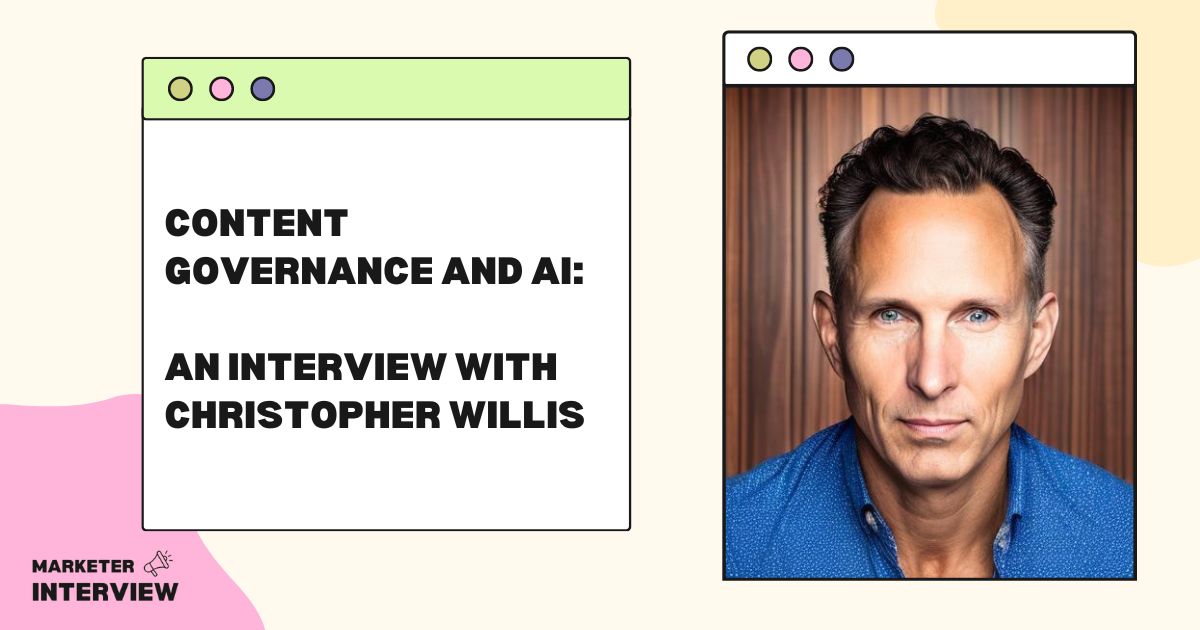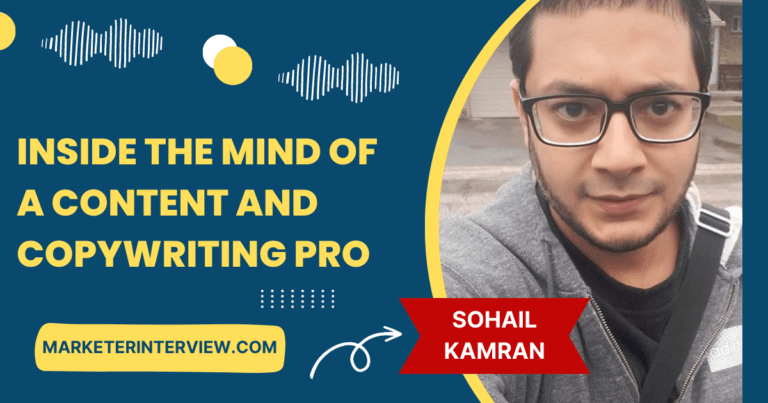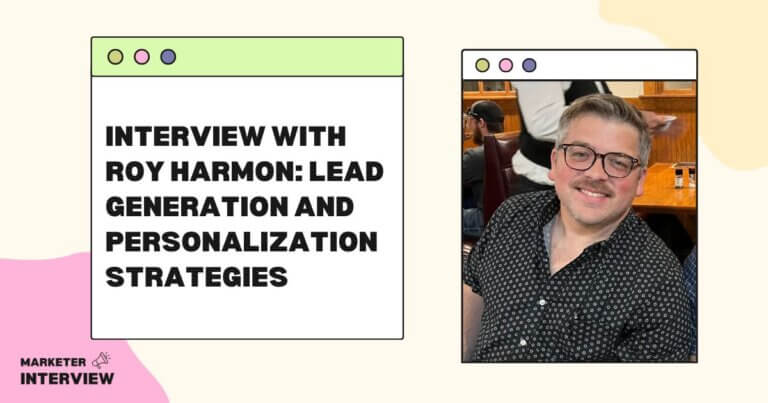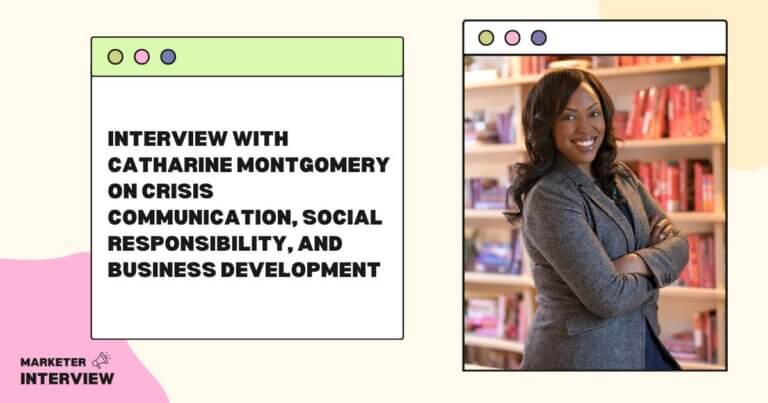Content Governance and AI: An Interview with Christopher Willis
Content governance and artificial intelligence (AI) are transforming the marketing landscape, offering new opportunities and challenges for businesses.
In this interview, we sit down with Christopher Willis, Chief Marketing Officer (CMO) and Chief Pipeline Officer at Acrolinx, a leading AI-powered content governance solutions provider.
Christopher shares his insights on his journey into marketing, the importance of content governance in the digital age, the impact of AI on marketing, and how Acrolinx is revolutionizing content creation and governance.
He also discusses the balance between AI and human creativity, advice for companies exploring AI in marketing strategies, and exciting upcoming initiatives at Acrolinx.
Join us as we delve into marketing, content governance, and AI with Christopher Willis.
Contents
- 1 How did you first get interested in marketing?
- 2 How do you define content governance, and why is it essential in today’s digital landscape?
- 3 Can you tell us about your challenge in implementing content governance at Acrolinx and how you overcame it?
- 4 How do you see artificial intelligence impacting marketing in the next five years?
- 5 What are some specific ways Acrolinx uses AI to improve content creation and governance?
- 6 How do you balance the use of AI in marketing with the need for human creativity and storytelling?
- 7 What advice do you have for companies just starting to explore the use of AI in their marketing strategies?
- 8 Can you walk us through your typical workday as a Chief Marketing Officer at Acrolinx?
- 9 What tools and software do you use to manage your team and execute your marketing strategies?
- 10 Finally, what upcoming projects or initiatives are you most excited about at Acrolinx?
How did you first get interested in marketing?
I ended up getting into marketing because I had to.
I worked at KPMG in the Netherlands, but then I moved back to the U.S. and started working for a small consulting company.
We were creating new products, but I wasn’t a “product person” – I was more of a project manager. But we needed someone to market these products; I was the closest thing we had.
So, I rolled up my sleeves and started learning how to do marketing. And you know what? I ended up enjoying it a lot!
How do you define content governance, and why is it essential in today’s digital landscape?
Content governance is essential to any company’s content strategy, especially in today’s fast-paced digital landscape.
It involves a structured approach to managing and maintaining content over time, from capturing and digitizing content guidelines to measuring content’s impact and guiding its creation to achieve specific goals.
With content governance in place, businesses can ensure that they own and control their content and that it’s always up-to-date and aligned with their brand values. This is particularly important in the digital age, where data breaches and unauthorized use of content are constant threats.
Content governance is about protecting and optimizing valuable content assets while aligning content with business goals. By implementing a content governance framework, companies can ensure that their content remains relevant and impactful over time, helping to drive success and growth in an ever-changing digital landscape.
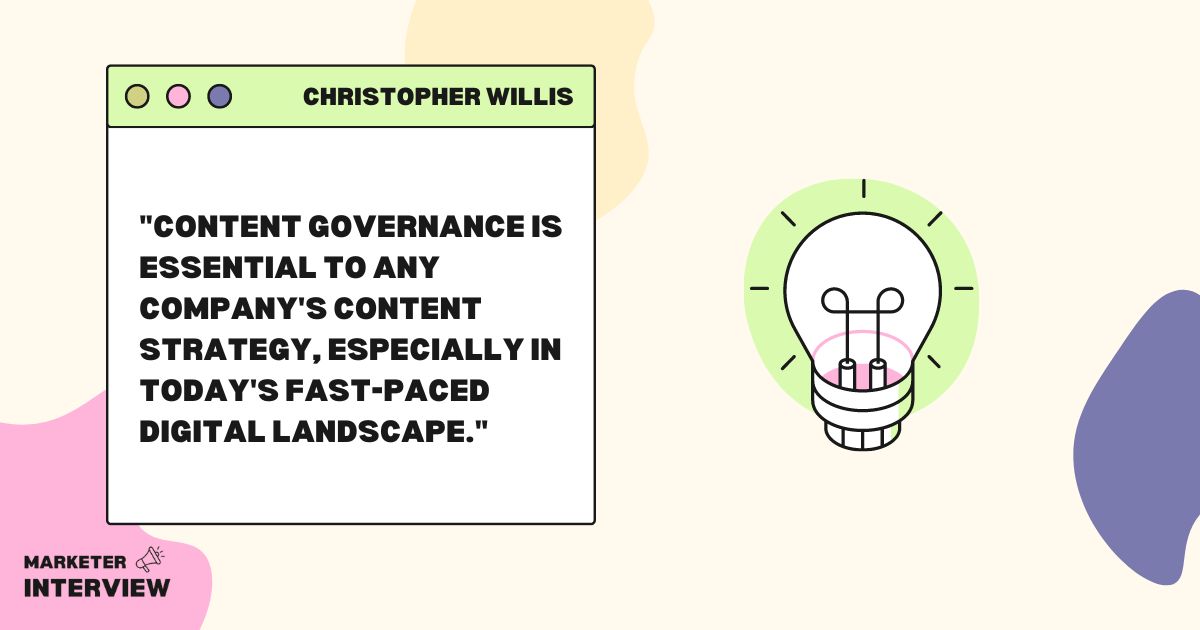
Can you tell us about your challenge in implementing content governance at Acrolinx and how you overcame it?
One challenge many organizations face is ensuring the language they’re using in their content is as inclusive as possible.
This is one of the areas where the Acrolinx platform shines. It can scan a piece of content and catch words or phrases that are not inclusive or are outdated jargon.
We use this function quite a bit in creating our content, and it has not only helped us be better writers but also made us better humans by making us think actively about using inclusive language in everyday conversations.
That inclusivity is also central to our values as an organization, so it carries through the platform, the halls of our offices, and our people.
How do you see artificial intelligence impacting marketing in the next five years?
Companies across industries are experimenting with AI to see how it can increase productivity – whether writing marketing materials, emails, white papers, or social media content.
In the next five years, I can see artificial intelligence having guard rails placed on it to ensure that copyright issues are adhered to and that content follows brand guidelines.
Currently, when generative AI programs, like ChatGPT, pull together a piece of content, they’re pulling from pre-existing, already-owned content.
This poses a big issue with privacy, security, intellectual property, and more – and it puts companies at risk. Because of this, you still have to engage in your editorial process, you still have to check that the message aligns with your brand, and you still have to make sure that the content is accurate.
With that, I see some changes with AI to elevate and meet these needs and address these concerns, whether in the next five years or later.
What are some specific ways Acrolinx uses AI to improve content creation and governance?
At Acrolinx, content is the core of customer experience. No matter how great your product or service is, you’ll struggle to attract and retain customers if your content is poorly written or unfocused.
That’s why we’ve developed an AI-powered content governance system that helps companies create content that resonates with their audience.
Our system focuses on metrics beyond vanity metrics, such as language clarity and tone. By analyzing your content and offering actionable advice on improving it, we help you connect with your customers correctly. In addition, our system integrates with your existing workflows, making it easy to implement without disrupting your team’s routine.
With our system, you can expect to see many improvements. For example, businesses that use our content governance system see a 90% reduction in published content errors and a 90% reduction in content review time.
Companies using this type of system for content creation and management also see a 25% increase in customer satisfaction, with the content resulting in five times more customer engagement compared to before the system was implemented.
Whether you’re creating marketing materials, product documentation, or even just an email to a customer, we’re helping some of the biggest brands create content that hits the mark.
We’re passionate about helping companies achieve a recognizable brand image by maintaining consistency across all points of the content generation and review process. And by reducing the time it takes to create accurate, impactful content, we help companies achieve a higher ROI.
How do you balance the use of AI in marketing with the need for human creativity and storytelling?
AI is an opportunity: It can help make content creation faster.
When generative AI programs first started dominating headlines a few months ago, there was a concern that anyone who creates content was at risk of losing their job to these AI programs.
Eliminating the human element would be a mistake. More content isn’t better content. The productivity gains also come a bit later in the life cycle of a piece of content – it doesn’t take as long to write a piece of content as it does to edit it.
The editorial process for a single piece of marketing material takes around five weeks, so the time you’re saving in creating the content you’re making up for in the editorial process. Human creativity and storytelling are still primarily important, even with the rise of content-based AI.
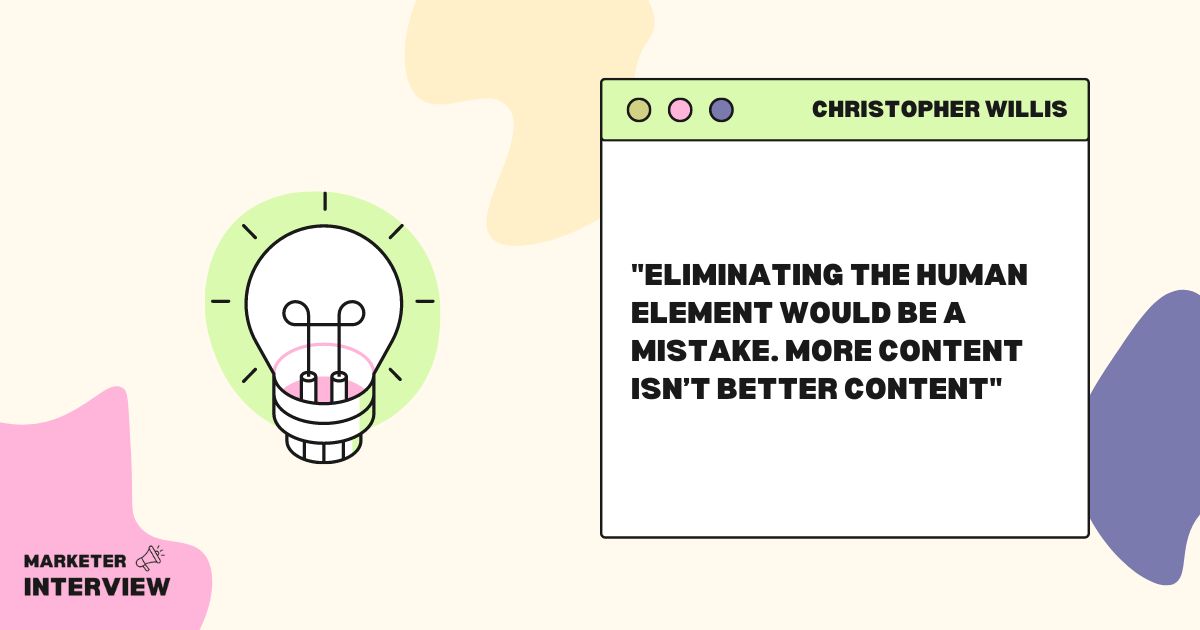
What advice do you have for companies just starting to explore the use of AI in their marketing strategies?
Implement an insurance policy for your content. Unfortunately, the truth is that most companies don’t have any checks and balances in place to monitor their content’s accuracy and adherence to brand guidelines.
While it’s one thing to set brand guidelines, it’s not as easy to understand the effectiveness of your content and the efficiency with which it’s created. It’s also necessary to know whether the content being created fully aligns with your brand guidelines and company’s standards.
Can you walk us through your typical workday as a Chief Marketing Officer at Acrolinx?
On a day-to-day basis, I am leading marketing efforts across the company and collaborating with the sales team. I like to live two quarters ahead in sales, and I regularly meet with the sales team to sort out what I can help with and what’s stuck in the pipeline.
I like giving my department room to experiment while ensuring we’re all thinking ahead. In addition, I believe in collaborating with fellow CMOs to help formulate ideas and collaborate across teams within Acrolinx.
Aligning the sales and marketing teams is crucial to ensure that the goals of Acrolinx as a business are aligned. It also helps that Shane Cumming, Chief Revenue Officer, and I are close work friends!
What tools and software do you use to manage your team and execute your marketing strategies?
We also use the Acrolinx platform for our daily content creation and Salesforce.
As an organization, we also incorporate the cost of the different types of software we use into the budget for each employee. So, when we’re preparing to bring in a new hire, we’ll factor in their salary, benefits, and any potential bonus, and the licenses or seats they’ll need for each piece of software they’ll use in their role.
That way, we have a more transparent budget picture, which helps us avoid surprises as we grow.
Finally, what upcoming projects or initiatives are you most excited about at Acrolinx?
We just announced AI Enrich for Acrolinx – a generative AI solution that helps enterprises get the benefits of generative AI without the risks.
With AI Enrich, enterprises can confidently and safely use generative AI as part of their larger content supply chain. This enterprise-grade solution allows companies to experiment with what generative AI can do to help boost productivity within their business while ensuring the AI model is being trained on their content and only their content.
